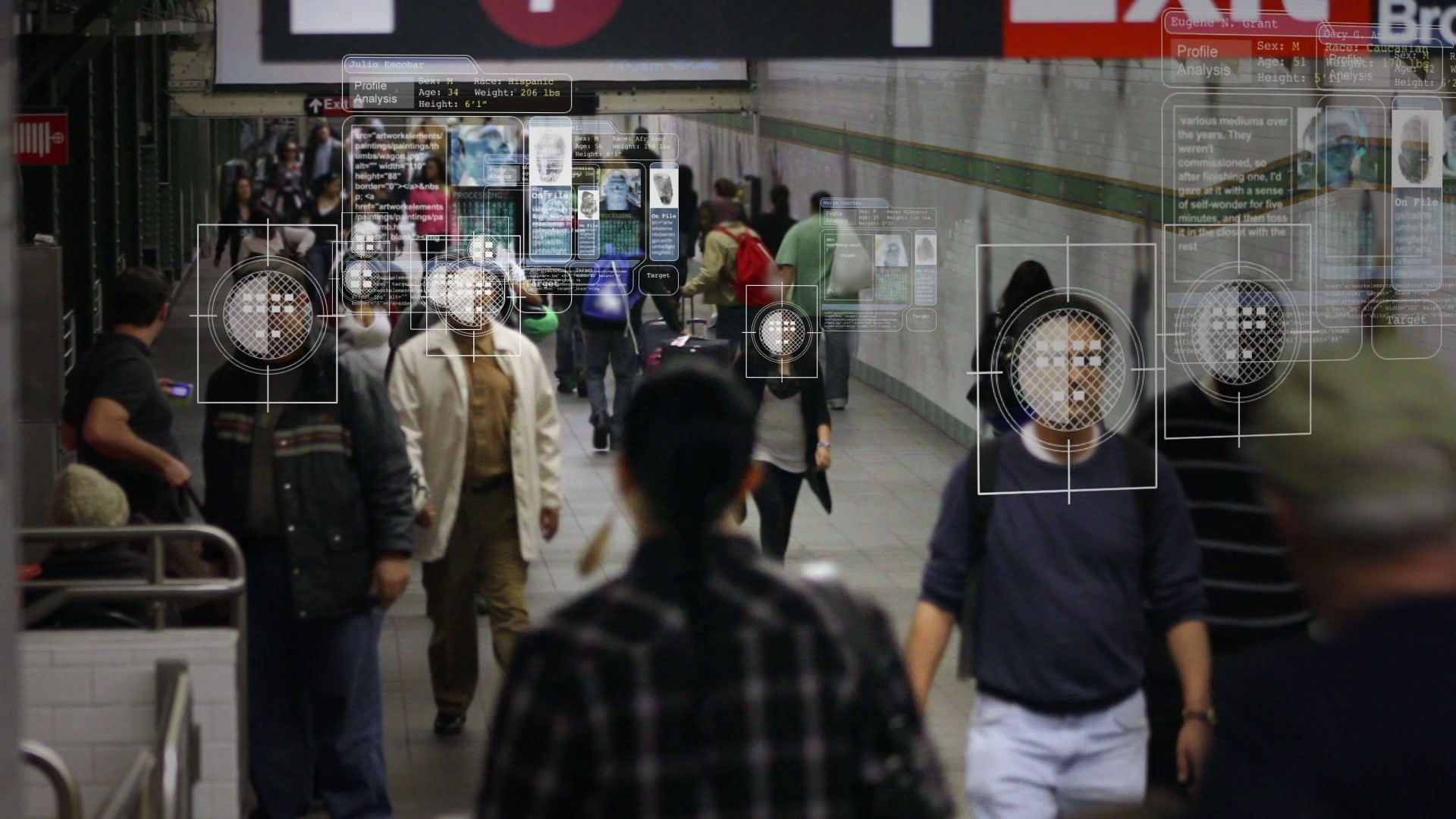TORONTO — She’s accurately predicted the Brexit vote, the 2016 American presidential outcome, and last year’s federal election in Canada.
Now, a Canadian-made artificial intelligence system called Polly is forecasting next month’s U.S. presidential election, using public social-media data and algorithms.
Polly is profiled in the new documentary “Margin of Error,” which premieres Saturday on Ontario’s publicly funded network TVO, and across Canada on tvo.org and the station’s YouTube channel.
Toronto-based Peter Gombos wrote and directed the doc, which looks at the promise and concern of using forms of AI like Polly to help resolve issues of traditional polling methods in a digital age.
The film profiles Polly’s creator, Ottawa-based market research start-up Advanced Symbolics Inc. (ASI), which has her U.S. presidential predictions on its website, (https://advancedsymbolics.com/us-election/).
The predictions currently update daily and have a high margin of error that will become smaller closer to the Nov. 3 election, but as of Wednesday afternoon, she had Democratic presidential nominee Joe Biden with 346 Electoral College votes vs. U.S. President Donald Trump at 192.
Polly also had Biden with 55 per cent of the popular vote vs. Trump at 45 per cent.
“But of course the huge caveat in that, particularly in the U.S., is issues of voter turnout, vote suppression, early voting and discounted ballots,” Gombos said in a phone interview.
“There are so many swing states in the U.S., and the percentages in the swing states are very close, within the margins, like 50-50 or 51-49, plus or minus three per cent. And so it’s all about voter turnout.”
The brainchild of researchers at the University of Ottawa, Polly (short for “politics”) is used by ASI to forecast consumer attitudes, and isn’t contracted out to any other agencies. For election forecasting, she looks at macro behaviours and patterns in the numbers of social media users talking about a political party or a topic, rather than the sentiments that they’re expressing.
“Margin of Error,” produced by Tom Powers, followed the ASI team as it used Polly to forecast the 2019 Canadian federal election as a way to promote their research method. She predicted the Liberals at 155 seats and the Conservatives with 118, which was close to the actual result of 157 Liberal seats and 121 Conservative.
ASI says Polly has also made accurate predictions on several other high-profile votes, whereas the nearly century-old format of traditional polling through phone calls and door knocks has missed the mark on some, including Brexit and the 2016 U.S.
“Once upon a time it was dead easy,” Gombos said of traditional polling, which uses surveys with a small group of a population selected at random to represent the larger whole and predict the opinions of the entire populace.
“People were enthusiastic, they wouldn’t slam their door or hang up their phone, and they’d provide answers. And for the most part, pollsters say it was a really straightforward prediction, and they were quite accurate. But the demographics of Canada, for example, have changed in the last 40 years, technologies have increasingly become mobile, and people have become irritated at answering questions.”
Where polls capture a slice in time from a representative sample of 1,000 people, for instance, AI can scour up-to-the-minute opinions and behaviours from hundreds of thousands of social media users over a longer period and come up with patterns that can’t be observed through traditional polling, said Gombos.
Polly primarily gets data from Twitter, and some critics wonder if she can accurately come up with a representative sample of the greater whole, when the majority of people using that platform skew younger, urban, and already politically motivated, said Gombos.
But ASI counters that Polly tracks algorithms from all of Twitter to identify users who reflect the demographics of each riding, so she can still find a way to balance the representative sample, he added. Polly’s algorithms also apparently make it difficult for bots to pass through.
“And if they do, those bots are part of a larger conversation,” said Gombos, whose other credits include the series “Yukon Gold” and “Cold Water Cowboys.”
“So the conversation has to rise to a certain level to factor into Polly’s predictions.”
This report by The Canadian Press was first published Oct. 14, 2020.
Victoria Ahearn, The Canadian Press













